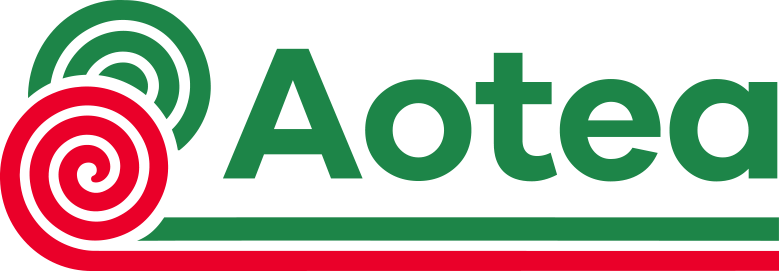The penetration of carrier signals into buildings is not a new problem, and the industry has responded by developing solutions that extend and boost cellular coverage indoors. Widely known as DAS (distributed antenna systems) or in-building cellular, they use a network of internal antennas to boost the signal within a building.
Historically, such systems have been expensive to acquire, deploy and operate. This situation has changed with advancements in DAS technology, Aotea brings an affordable, flexible, digital approach to DAS.
With 5G technology finally coming online, it could not have happened at a better time.
You may ask: Why worry about 5G when we have Wi-Fi 6? The next generation of Wi-Fi networks will indeed be faster than anything we have seen before, and will bring huge benefits in terms of productivity, efficiency, customer service and the like.
But it is accepted by most networking professionals that Wi-Fi and cellular bring different advantages; one is unlikely to replace the other. Faster Wi-Fi will indeed provide better access to corporate applications, but continuous user experiences, such as voice and video calling, simply work better across cellular because the user’s session is seamlessly maintained across serving radios. Another important point is that infrequent visitors to a given enterprise may not have access to Wi-Fi—nor do they want the inconvenience of having to log on, share data, etc.
There are also applications that require real-time alerts to be sent and received—it is no accident that emergency services around the world rely on cellular networks.
